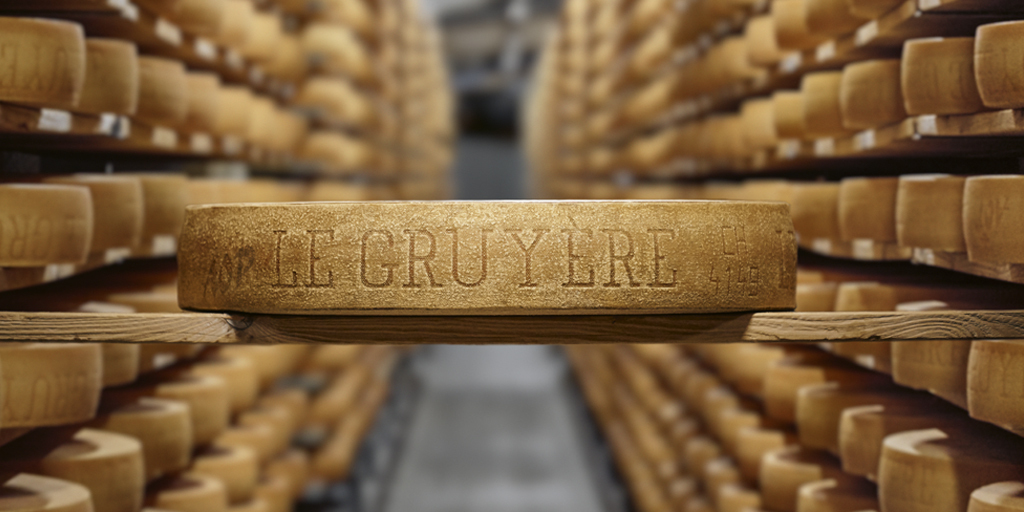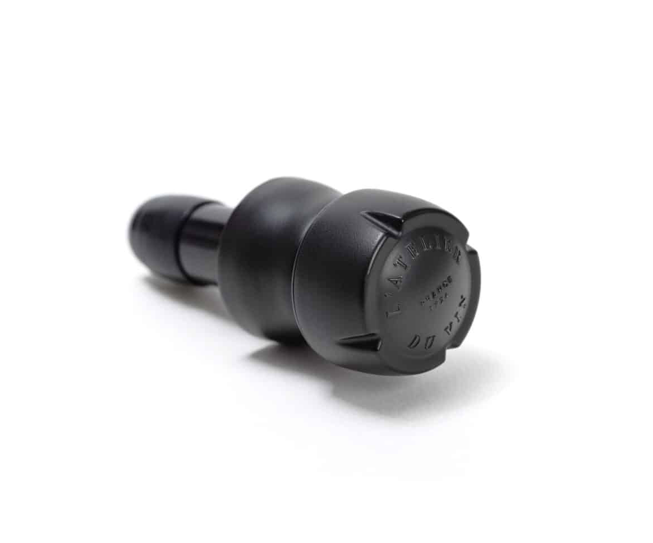The production of cheese can be traced back several thousand years. It is of course difficult to give an exact date, but during archaeological excavations in both Europe and Egypt, there have been tools for cheese making from about 3000 BC. However, the traditions are probably even older. A probable theory is that different forms of cheese began to be made when goats and sheep were made into grazing pets about 10,000 years ago.

The knowledge that milk that is allowed to stand for a certain time, at a certain temperature, coagulates and becomes sour milk had long existed and the sour milk has been stored in small bags made from the stomach from recently slaughtered cattle. As these still contained certain enzymes, rennet, the sour milk developed into cream cheese and eventually into cheese. A very simple process that has been improved and refined over the centuries.
The first clumsy bowls and containers used in cheese making have been gradually replaced by smaller and neater vessels in lighter materials. The cheese is one of the goods that was exported very early via the waterways together with oil and wine. It had a relatively long service life and offered interesting taste experiences.
Subscribe for 5.9€ a month for full access to the Tasting Library, exclusive articles, videos events and more





